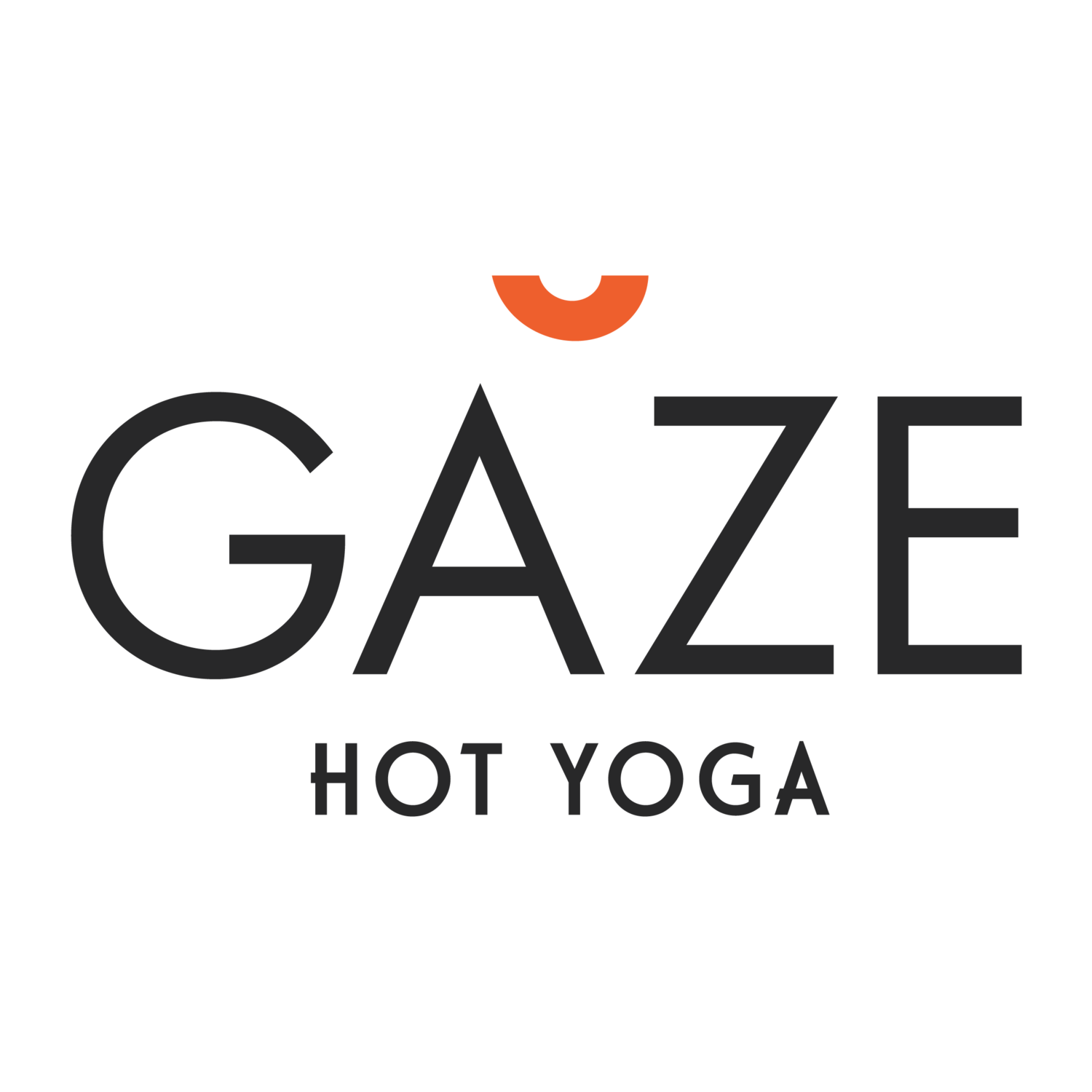Don't forget to breathe.
Breathe. It’s something you’ll hear the teacher say in pretty much every yoga class you take, usually over and over again. Sometimes with instruction on how to breathe, other times a reminder to not hold the breath in postures. As a hot 26 yoga teacher I probably say “breathe” at least 40-50 times during the 90 minute class. We start the class with a breathing exercise, end with a breathing exercise and focus on breathing throughout the class. And usually when we are students we listen – after all that’s why we’re there. So we breathe in yoga class.
But later that day, or the next day, at home, work, do we think about breathing? Do we pay attention to how we breathe, how often, how deeply? Generally . . . absolutely not. Our bodies breathe automatically – so we don’t need to think about it. There are so many other important things to think about.
And yet breathing is the most essential part of our existence – we need it more than anything else in life. If we don’t breathe for even a few minutes, that’s it for us, game over. We can do without water for hours to days, food for weeks, shelter for a while. But breathing? It’s essential every minute of every day.
And yet our attention is generally elsewhere. We often pay a lot of attention to what we eat, when we eat it, how we eat it, where we eat it. We can be very conscious of exercising our bodies – planning how to exercise, when, where, with whom. We frequently pay a lot of attention to how much work we have to do – and ways to de-stress from all the things on our plate – looking for ways to be more efficient and ways to spend our free time that will help us relax.
So breathing? It takes a back seat, it happens automatically, it doesn’t need our attention. Or does it?
Try this, right now, wherever you are: sit or stand up straight, shoulders stacked over your hips, relax your shoulders down. Breathe in through your nose slowly for six seconds, fill your lungs completely. Hold for a second or two. Then exhale slowly through your nose for six seconds.
Did you feel it? Did you feel your body’s response? Often it’s a feeling of relaxation, a calming feeling, perhaps a feeling of well-being. Try it again, several times. Often when we are in “auto” mode our breath is pretty shallow – using just the upper part of our lungs. When we are stressed it often becomes even more shallow – sending less and less oxygen to our bodies and to our brain (our brain loves lots of oxygen) – and that intensifies that feeling of stress. Long, slow deep breathing can immediately help bring calm to any situation – calming our bodies, calming our minds, helping us gain perspective.
So keep it in your back pocket and bring it out often – your breath is always there for you, no one knows you’re doing it (much easier than jumping into camel posture during a board meeting), it costs nothing and it works. Stuck in traffic, try it. Running late for a meeting? Breathe. Relaxing at home? Breathe. Long and slow and deep.
Jen took her first yoga class at a London YMCA in 1984 – and loved it. That was over 30 years ago and she’s been practicing ever since. A long distance runner and triathlete, Jen credits yoga with keeping her body healthy and injury free. Yoga was the calming influence in her life when running her own business and raising 3 children.
Jen has her 200 hour teaching certification and enjoys sharing her love of hot yoga with her students. She believes incorporating yoga into every day is key – postures, breathing or meditation – just take a little time for yoga every day to reap timeless rewards. Jen loves the outdoors - hiking, biking, camping, traveling – always taking her yoga with her.



